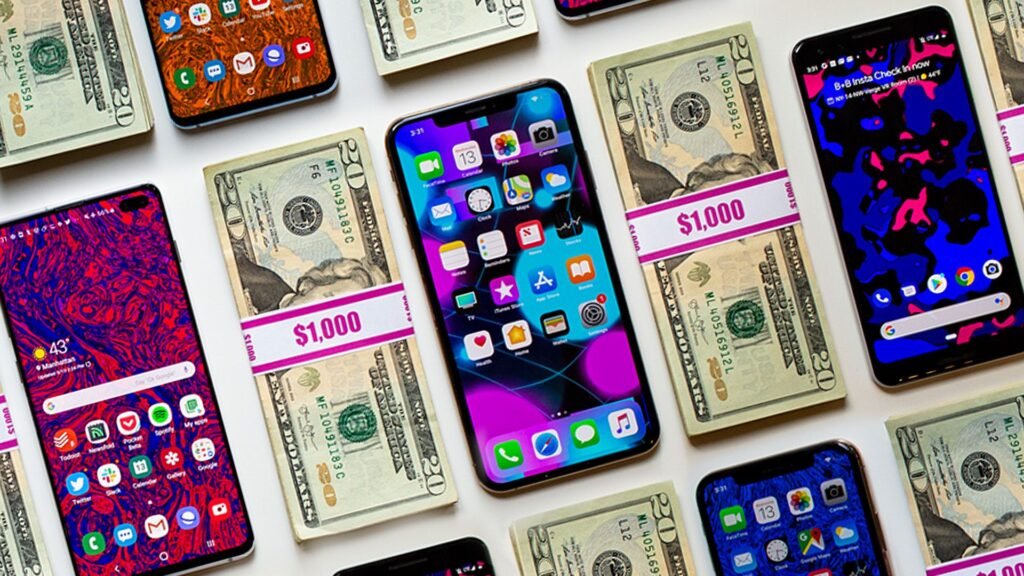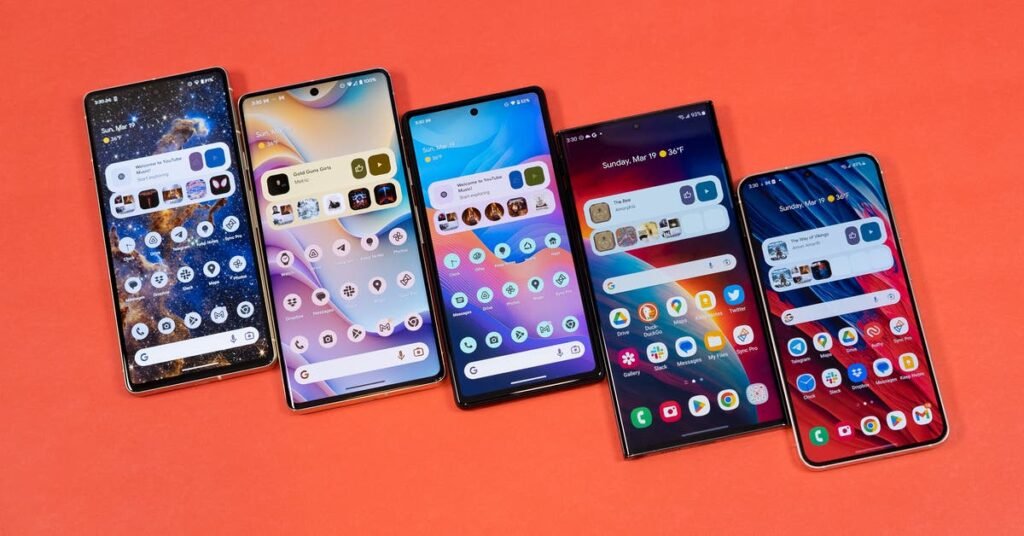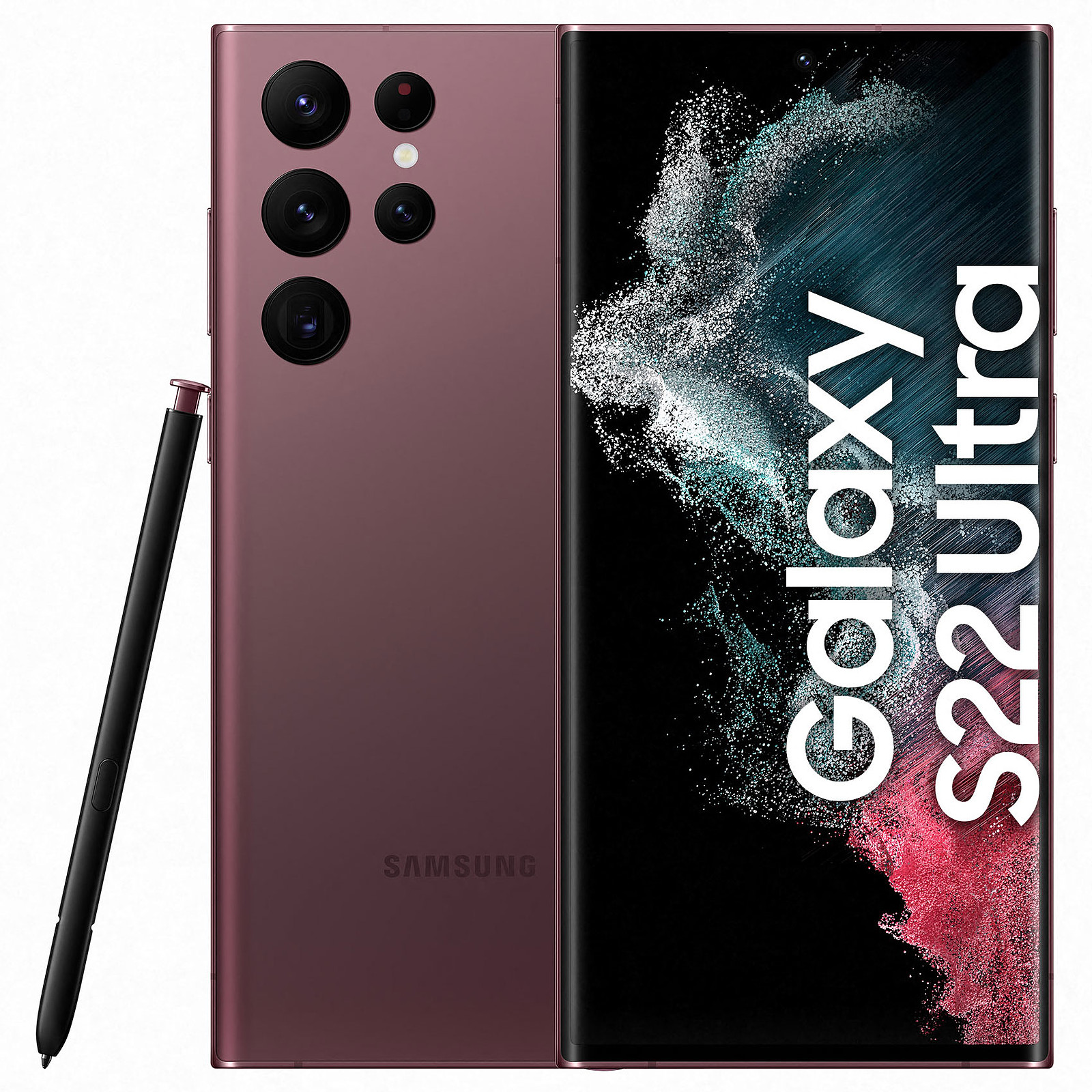Have you ever wondered why some Samsung smartphones are more expensive than others? Well, I certainly have. It’s a question that has intrigued me for quite some time now. I mean, they all seem to offer similar features and functions, so why the price difference? In this article, we will explore the factors that contribute to the varying prices of Samsung smartphones, so you can understand why some models may be out of your budget while others are more affordable.
When it comes to the price of a smartphone, there are a few key factors that come into play. One of the main factors is the brand reputation and perception. Samsung is known for producing high-quality smartphones that are packed with innovative features. This reputation comes at a cost, as the brand value and popularity contribute to the higher price tag. Additionally, the materials used in the construction of the smartphone, such as premium metal or glass, can also significantly impact the final price.
Another factor that influences the price of a Samsung smartphone is the level of technology and specifications it offers. More advanced models often come with higher processing power, larger storage capacity, better cameras, and other premium features. These advanced technologies require more research and development, which increases the production cost and, subsequently, the pricing. So, if you’re willing to splurge on a high-end model, you can expect to pay more for the latest and greatest features.
In conclusion, the price variation in Samsung smartphones can be attributed to factors such as brand reputation, materials used, and the level of technology and specifications offered. While some models may be more expensive due to their premium features, others may be more affordable for those who are looking for a budget-friendly option. In our upcoming article, we will delve deeper into these factors and discuss specific models that fall into different price ranges. So, stay tuned to learn more about the fascinating world of Samsung smartphone pricing!
Different Models and Features
Flagship Models
Samsung offers a range of smartphones to cater to various customer needs and preferences. Within its product lineup, there are flagship models that are positioned as the top-tier offerings. These models boast the latest and most advanced features and specifications, making them more expensive compared to other models in the lineup.
Premium Materials
Another factor that contributes to the price variation is the use of premium materials in certain Samsung smartphones. Flagship models often feature high-quality materials such as glass and metal, which not only enhance the device’s durability but also give it a more premium look and feel. The use of these materials adds to the overall cost of production, leading to a higher price tag.
Advanced Technology
Innovation and advanced technology are the hallmarks of Samsung smartphones. The company invests heavily in research and development to bring cutting-edge features and technologies to its devices. These advancements, such as improved cameras, faster processors, and innovative display technologies, come at a cost. Therefore, smartphones that incorporate these advanced technologies are priced higher than those that offer relatively standard features.
Brand Reputation and Value
Established Brand Image
Samsung has established itself as one of the leading smartphone brands globally. With a rich history of delivering high-quality products, the brand has gained the trust and loyalty of consumers. This strong brand image plays a significant role in pricing, as customers are willing to pay a premium for Samsung smartphones due to the perceived value associated with the brand.
Perception of Quality
The perception of quality is another key factor in determining the price of Samsung smartphones. The company has consistently focused on delivering reliable and durable devices, which has helped build a reputation for producing high-quality products. Consumers are often willing to pay more for a smartphone that is perceived to be of superior quality, making it possible for Samsung to price certain models higher than their competitors.
Demand and Supply
The laws of supply and demand also come into play when determining the pricing of Samsung smartphones. If a particular model is in high demand and there is limited supply, the price is likely to be higher. Conversely, if the supply exceeds the demand for a specific model, Samsung may reduce the price to boost sales. The balance between supply and demand, coupled with market forces, ultimately influences the pricing strategy of Samsung smartphones.

This image is property of cdn0.vox-cdn.com.
Research and Development Costs
Innovation and Design
Samsung invests a significant amount in research and development to stay at the forefront of innovation. The costs associated with developing new technologies, designing sleek and modern smartphones, and incorporating user-friendly features contribute to the overall price of Samsung devices. The extensive research and development efforts are necessary to meet consumer expectations and differentiate their smartphones from competitors.
Cutting-edge Technology
Samsung is known for its commitment to incorporating cutting-edge technology in its smartphones. This includes advancements in areas such as display technology, camera capabilities, and processing power. The development and integration of these technologies require substantial investment, which in turn influences the pricing of Samsung smartphones.
Testing and Prototyping
Before a Samsung smartphone reaches the market, it undergoes rigorous testing and prototyping. This ensures that the device meets stringent quality standards and performs optimally in various conditions. The testing and prototyping processes add to the overall cost of production, as they require time, resources, and specialized equipment. These costs are passed on to consumers, contributing to the higher price of certain Samsung smartphones.
Marketing and Advertising Expenses
Promotion and Distribution
Promotion and distribution play a crucial role in increasing brand visibility and driving sales. Samsung invests heavily in marketing campaigns to create awareness and generate interest in its smartphones. These expenses include advertising across various platforms, sponsoring events, and running promotional activities. The costs associated with marketing and distribution activities are factored into the pricing of Samsung smartphones.
Celebrity Endorsements
Samsung often collaborates with celebrities and influencers to endorse its smartphones. These partnerships help create a positive brand image and influence consumer perception. However, securing celebrity endorsements involves financial agreements, contributing to the overall expenses associated with marketing and advertising. These costs are ultimately reflected in the pricing of Samsung smartphones.
Global Campaigns
Samsung operates on a global scale, which requires extensive marketing campaigns tailored to different regions and target markets. The costs of running these global campaigns, including creating localized content, translations, and market-specific advertisements, are significant and impact the pricing of Samsung smartphones.
This image is property of i.insider.com.
Production and Manufacturing Process
High-Quality Components
Samsung smartphones are known for their quality and reliability. To maintain these standards, the company uses high-quality components in the manufacturing process. These components, such as processors, cameras, and displays, come at a higher cost compared to their lower-quality counterparts. The use of high-quality components is reflected in the price of Samsung smartphones.
Efficient Assembly Lines
Efficiency plays a vital role in the production and manufacturing process of Samsung smartphones. The company continuously improves its assembly lines to ensure fast and seamless production. Investing in efficient manufacturing processes helps streamline operations, reducing costs in terms of labor and time. However, the initial investment in establishing these efficient assembly lines contributes to the overall pricing of Samsung smartphones.
Quality Control Measures
Samsung prioritizes quality control to deliver smartphones that meet the highest standards. The implementation of strict quality control measures throughout the manufacturing process involves additional costs. These measures include testing individual components, conducting thorough inspections, and ensuring compliance with quality standards. The expenses associated with quality control are reflected in the pricing of Samsung smartphones.
Supply Chain and Distribution
Shipping and Logistics
Samsung operates a complex supply chain and logistics network to ensure the efficient delivery of its smartphones. This involves the transportation of components and finished products between various manufacturing facilities and distribution centers worldwide. The costs associated with shipping and logistics, such as warehousing, transportation, and customs duties, are embedded in the pricing of Samsung smartphones.
Warehousing and Storage
Maintaining adequate warehousing and storage facilities is crucial to meet the global demand for Samsung smartphones. The costs of leasing or owning warehouses, implementing security measures, and managing inventory contribute to the overall expenses. These costs, along with the costs of ensuring efficient supply chain operations, factor into the pricing of Samsung smartphones.
Global Distribution Networks
Samsung smartphones are distributed globally, requiring an extensive distribution network. Setting up and managing this network involves partnering with distributors, retailers, and carriers worldwide. The costs associated with establishing and maintaining this global distribution network impact the pricing of Samsung smartphones.
This image is property of i.insider.com.
Economies of Scale
Large-Scale Production
Samsung benefits from economies of scale due to its large production capacity. Producing smartphones in large quantities helps lower manufacturing costs per unit. The cost savings achieved through bulk production are passed on to consumers, making certain Samsung smartphones more affordable compared to others.
Material Procurement
Procuring materials in large quantities allows Samsung to negotiate favorable deals with suppliers. This helps reduce material costs, which are a significant component of the overall production expenses. The savings achieved through efficient material procurement contribute to the pricing strategy of Samsung smartphones.
Lower Per Unit Costs
With economies of scale, the per-unit costs of manufacturing are reduced. This includes costs related to labor, overheads, and production equipment. The lower per-unit costs allow Samsung to price certain models more competitively, attracting a broader customer base.
Competition and Pricing Strategy
Competitor Analysis
Samsung operates in a highly competitive market, where rival brands offer smartphones with similar features and specifications. To stay ahead, Samsung conducts comprehensive competitor analysis to understand market dynamics and pricing strategies. The pricing of Samsung smartphones takes into account the competition in the market, allowing the company to position its products strategically.
Market Positioning
Market positioning plays a crucial role in determining the pricing of Samsung smartphones. Different models are positioned to target specific market segments, with varying price ranges. By offering smartphones at different price points, Samsung caters to a wide range of consumers, from budget-conscious individuals to those seeking premium features.
Profit Margins
Like any business, Samsung aims to generate profits from its smartphone sales. The pricing strategy includes profit margins that cover expenses and allow for growth and innovation. While profit margins may vary depending on the model and market conditions, they are an essential aspect of determining the prices of Samsung smartphones.
This image is property of qph.cf2.quoracdn.net.
Consumer Perception and Demand
Status Symbol
In today’s consumer-driven society, owning a smartphone is not just about functionality but also about status. Samsung has successfully positioned its flagship models as status symbols, attracting consumers who associate owning these devices with prestige and exclusivity. The higher price tag of these smartphones contributes to their perceived value and desire among consumers.
Desire for Exclusive Features
Samsung smartphones often come with exclusive features and technologies that are not available in lower-priced models or competitors’ offerings. These unique features, such as advanced camera capabilities or innovative display technologies, drive up the price of certain Samsung smartphones. The desire to experience these exclusive features encourages consumers to pay a premium.
Perceived Value for Money
Despite the higher price, many consumers believe that Samsung smartphones offer value for money. The combination of brand reputation, advanced technology, and quality build materials contributes to the perceived value associated with these devices. Consumers are often willing to pay more for a smartphone that they believe offers a superior overall experience.
Conclusion
There are several factors that contribute to the price variation of Samsung smartphones. From the use of premium materials and advanced technology to brand reputation and economies of scale, each aspect plays a significant role in determining the pricing strategy. Samsung’s commitment to innovation, quality, and marketing also influences the price of its smartphones. By understanding these factors and consumer preferences, individuals can make informed decisions when choosing a Samsung smartphone that offers the right balance of cost and value.

This image is property of cdn.thewirecutter.com.

